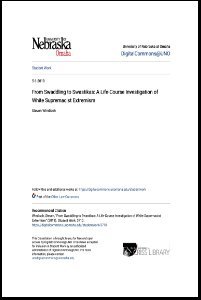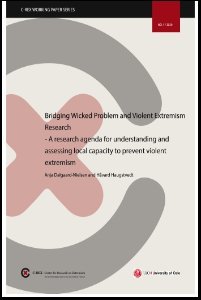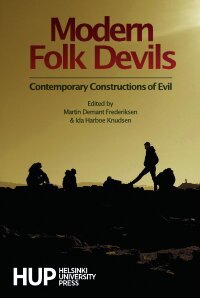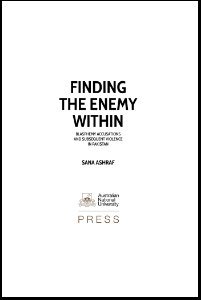By Saša Đorđević and Ruggero Scaturro
Legendary Italian coach Arrigo Sacchi called football ‘the most important of the unimportant things in life’.1 This is certainly true in the six countries known as the Western Balkan 6 (WB6) – Albania, Bosnia and Herzegovina, Kosovo, Montenegro, North Macedonia and Serbia. Teams in the region have a loyal following, national teams are proudly supported, while star footballers who play abroad are feted at home and in the major European football leagues.2 However, the WB6 also have a reputation for football hooliganism, as when fans chant racist and nationalist slogans, and fight with the followers of rival teams. This problem is by no means unique to the WB6; football hooliganism was labelled the ‘English disease’ in the 1980s, long before it became a problem in the Western Balkans. However, football hooliganism in the WB6 is a potentially explosive cocktail because of its links to politics, ethnic and religious extremism, and organized crime. Football hooliganism has received considerable attention from sociologists and anthropologists, who analyze its cultural aspects,3 and the police, who look at how to prevent and control it.4 However, few studies have considered the relationship between football hooliganism and organized crime. Unlike studies that focus on football hooliganism in particular countries like Croatia or Serbia, where there is extensive research into the links between football and violence,5 this report fills a gap by analyzing the issue from a broader, regional perspective. The report begins by mapping the major football supporters’ clubs in each of the Western Balkan countries. It provides a brief overview of fan groups, including their organizational structure, communication modes and use of national, ethnic and religious symbols. It then identifies which of these groups can be considered ‘ultras’ (i.e. a type of football fan association, see definition box below). Further analysis singles out which of these ultras groups demonstrate attributes of football hooliganism, and how this hooliganism is linked to organized crime and politics. Sorting ultras groups in this way helps to differentiate between those that simply support their clubs, albeit in a fanatical way, and others that engage in organized crime and violence. This report is careful to make a distinction between ultras and football hooligans. Ultras are understood to be groups of hard core football fans affiliated to a particular team; football hooligans engage in violence within the football milieu and some of these hooligans are involved in organized crime.
Geneva, SWIT: Global Initiative Against Transnational Organized Crime, 2022. 53p.





















